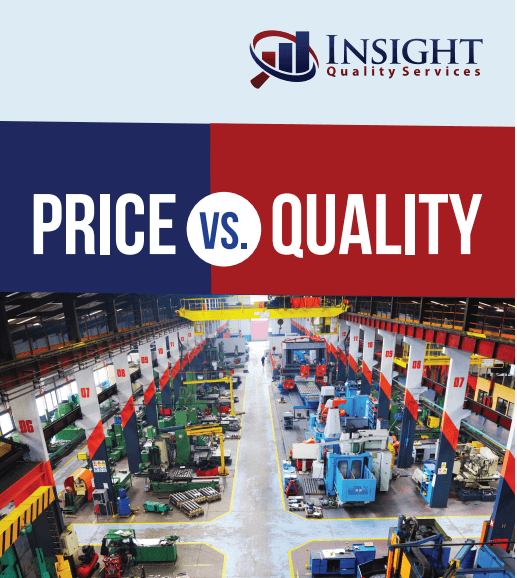Earlier this month, we attended the AHFA (American Home Furnishings Alliance) Regulatory Summit in Colfax, North Carolina.
At the summit, a number of topics were discussed. And although this was a furniture industry summit, there were some key takeaways that are important for consumer goods importers in all categories to understand.
Two of the topics that kept coming up during the event were 1) foreseeable misuse and 2) consensus standards. So, what do these mean?
Foreseeable Misuse:
A foreseeable misuse is an improper use of your product by consumers that it is not intended for but that is reasonably predictable. Although they are using it in a way that you didn’t intend it to be used, you may be held liable for resulting injuries.
Consensus Standards:
These are voluntary design standards that exist in particular industries to help ensure consumer safety. Following these standards is important because they serve as a relative design floor for building safety into your product.
Let’s discuss how consumers are using your products and what you can do to avoid liability issues.
Foreseeable Misuse: Cover Your Bases to Avoid Safety Issues
When designing a product, it’s important to understand how that product might be used.
Of course, there are the obvious uses, i.e. people will sit on a chair. But sometimes, when someone steps up onto that chair to change a lightbulb, it is now doubling as a ladder.
If the chair is designed in such a way that it will flip over when they put their foot and body weight onto a corner, you may now have a foreseeable misuse issue. That person could be injured by a fall, so this should be understood and accounted for when designing your chair. Otherwise, you may be legally liable for accidents or injuries.

Consider the unintended uses of your product to prevent injuries
Another example of foreseeable misuse would be the way that a dresser or chest can double as a jungle gym for children.
A child climbs up on top of a piece of furniture and it falls over, injuring the child. Again, this is not the intended purpose of the furniture, but it is something you should expect will happen.
So, how might foreseeable misuse impact your product design?
When designing your product, we recommend that you consider all possible uses for it, both intended and unintended, and factor those into the design. For example, in the case of a dresser or chest, it would mean you should absolutely include a tip-over kit.
In addition, you should consider adding warning labels to inform consumers about the dangers of using your product in particular ways, i.e. consuming laundry detergent.
Many industries have consensus standards, which you should always take into account.
Consensus Standards: Don’t Ignore Them
Organizations such as ASTM, CSA, UL, and others provide industry standards for different products.
To develop these standards, they bring together industry and consumer groups to determine safety practices that will help improve the safety of products in specific categories. For example, ASTM has a tip-over standard for household furniture, which includes a requirement to ship the furniture piece with a tip-over kit that anchors it to the wall, among other things.
There are many examples of consensus standards across different industries.
It is important to recognize that while a product may not be subject to a mandatory standard, not following these voluntary standards can open you up to legal liability. In the U.S., the CPSC (Consumer Product Safety Commission) provides some links that you can follow to look into different standards that might apply to you.
Although voluntary standards are important, they are not perfect. It is best to consider them as a starting point for the safety of your products and use them as something to build on.
Consider all possible uses that your product might have, and do your best to prepare for them.
Summary: Consider Foreseeable Misuse and Voluntary Industry Standards When Designing Your Product
Foreseeable misuse is what happens when consumers use your product in a way that doesn’t match its primary intended purpose.
You should consider all possible uses for your product and ensure the product is designed in a way that is safe for consumers. If you don’t, you can be held liable for injuries that result from using it.
Make sure you understand all industry standards that apply to your product and consider them as a starting point for design. Then find other ways to make the product even safer.
Take all measures possible to avoid injuring the end consumer. And ensure that you are always thinking about how to build quality and safety into your products.
For more information on how to strike a balance between the price of your products and their quality, we recommend you read the following white paper.
Price vs. Quality: What You Need to Know
When you’re making products to sell in the marketplace, you have to consider the tradeoffs between price and quality. Sometimes, producing better quality products can lead to paying a higher price for manufacturing.
Download our free white paper, Price vs. Quality, to learn how to produce great quality while keeping your costs low.





0 Comments